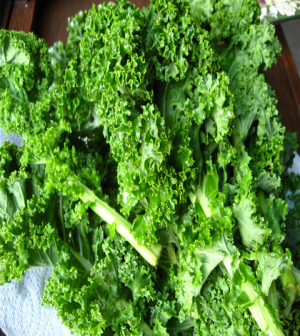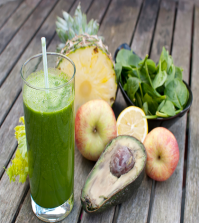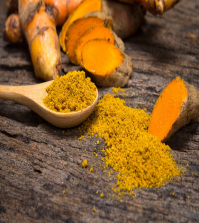- Everything You Should Know About Juicing Diets
- How Has the Mind Body Link Turned into a Connection with our Smart Phones?
- Is Turmeric a Superior Alternative to Pills for PMS Symptoms?
- 6 Simple Yoga Asanas to Crush Stress Everyday
- Juicer vs Blender – Which is the Best Option?
- 7 ESSENTIAL NUTRIENTS YOU MAY BE MISSING IN YOUR DIET
- 26 Advantages of Detox Juicing Recipes
- Everything You Need to Know About Juicing Beets
- Power Yoga: The Ultimate Answer To Weight Loss
- 13 Amazing Grapefruit Juice Benefits
Kale: The Beef of Vegetables

Kale: The Beef of Vegetables
For years, lean beef was considered one of the best foods available, and it is still recommended as part of a healthy diet. However, when you consider the amount of antibiotics and other chemicals that make their way into the meats we have available, the whole idea can become rather depressing…and scary – mad cow disease, anyone? If you want to make changes in your diet, and maybe not add to the growing number of farms that provide all that meat, switch to kale.
Kale – Green, Leafy, and Better than Beef
While you certainly won’t get the same texture and flavor when you bite into a healthy bit of kale as you do from your beef, the difference is so worth it. Kale is truly the king of green veggies, as it packs so much goodness into every single serving. The following are just a few of the reasons that kale has earned its spot as the beef of the vegetable world.
• Iron – We’ve all heard that vegans and vegetarians are at a higher risk of being anemic. The reality of this issue has nothing to do with not eating meat – it comes from not eating enough kale. The iron content in each calorie of kale is higher than that found in each calorie of beef.
• Anti-Inflammatory – Kale is filled with beneficial antioxidants and nutrients, many of which have an anti-inflammatory effect in the body. This helps to decrease the chances of autoimmune disorders, arthritis, some cancers, and heart disease. In fact, adding lots of kale to your diet may even reverse some of these conditions, helping to be healthier in general.
• Calcium – Kale is a great source of calcium. In fact, 3.5 ounces of kale provides 150mg of calcium, while the same amount of 1% milk only provides 125mg. When you add in that kale is much easier to digest than dairy products as well, it’s easy to see why kale is a great alternative.
• Fiber – We all know fiber is an important part of a healthy diet, and this is another area where kale edges out beef. While red meat offers very little (if any) fiber, one cup of kale contains five grams of healthy fiber.
• Detoxification – Kale contains high amounts of sulfur, which helps the liver with removing harmful toxins in the body. When you opt for organic kale, you’ll also lessen the amount of toxins you take in, helping to decrease the load on your liver even more.
The heath benefits of kale are overwhelming, and it’s quite easy to see why this beneficial green veggie should have a prominent place in your diet. If you want to further compare beef to kale, consider the sustainability. It takes kale between 55 to 60 days to reach full maturity. A cow, however, can take up to 24 months. It also requires as much as 2,400 gallons of water in the process. If you want to up your nutritional intake, and minimize the effects of raising millions of pounds of cattle each year, add kale to your diet.
Source:






0 comments